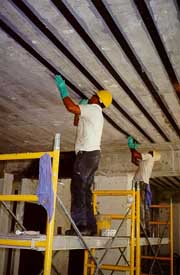The Sythe Tree
/A Memorial to Yankee Patriotism
This is the headline from a newspaper article from circa 1941 or 42 that shows my grandfather, Edward H Jones who was then Vermont Commissioner of Agriculture standing at the foot of the Scythe Tree in North Fayston, Vermont. This tree is mentioned in the history of North Fayston and was located below the Jones Camp and was visited by thousands of people.
The story is that a young Vermonter whose last name was Wheeler had heard that a new company was being raised in Montpelier and that the Union was in peril and President Lincoln had called for volunteers. Should he stay at home where is folks needed him or go to war.
By nightfall he had made up his mind and carefully hung his scythe in a beech sapling and went to war and was never heard from again. The Wheelers never permitted the scythe to be removed from the sapling and until a few years ago, although the snath weathered and rotted and dropped to the ground the scythe remained intact as the beech grew around it.
The article states “No better memorial could be erected to Yankee patriotism which was, and is stout as hard wood and enduring as steel”.








































